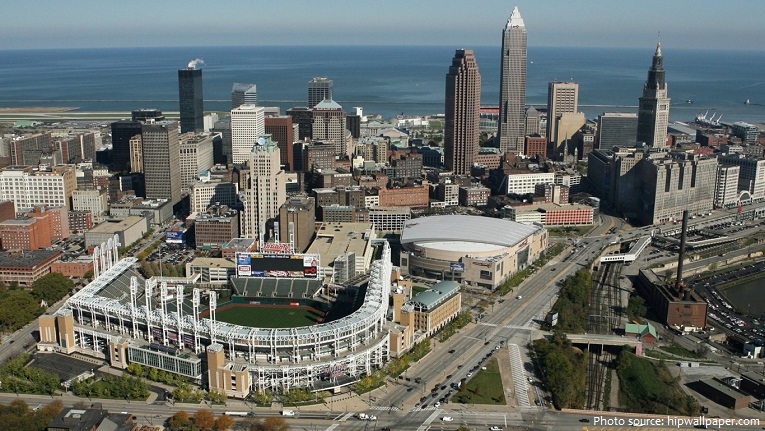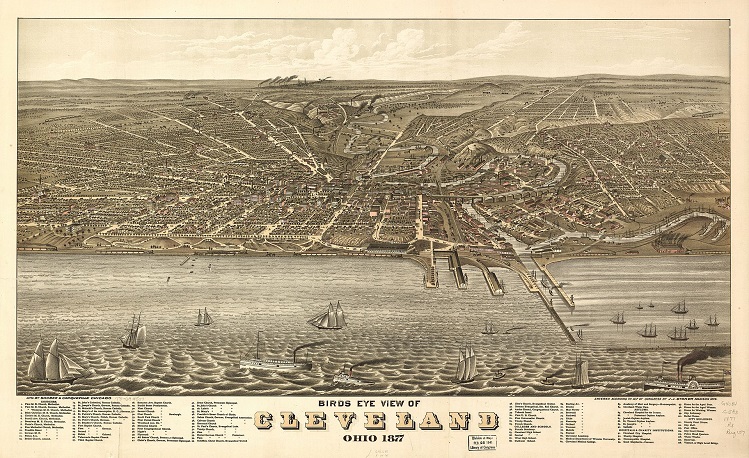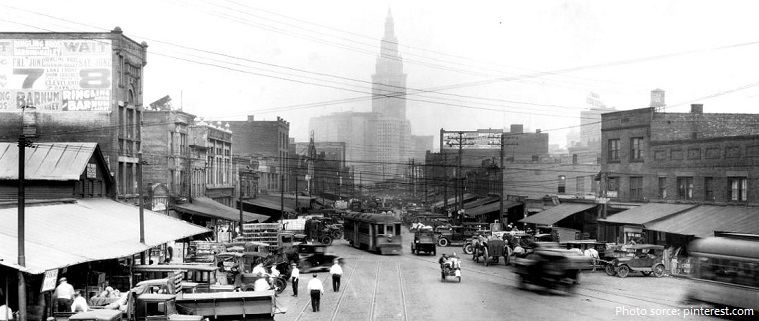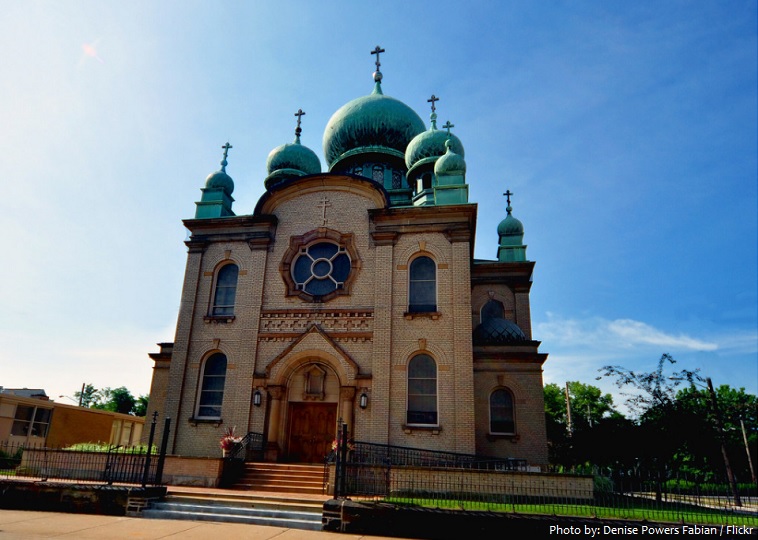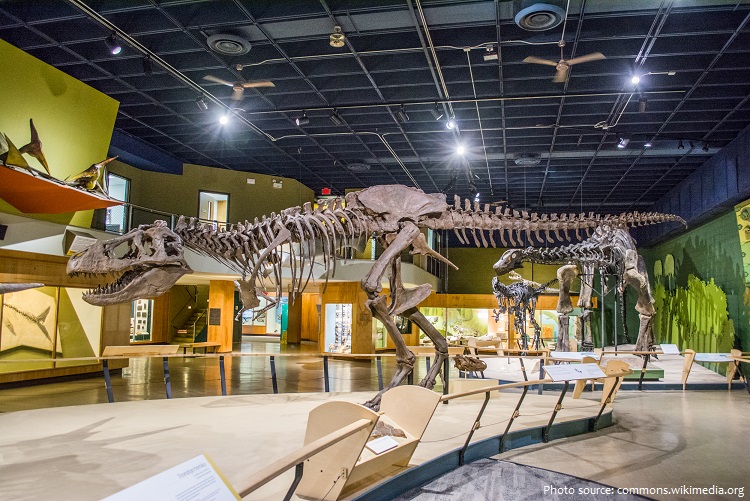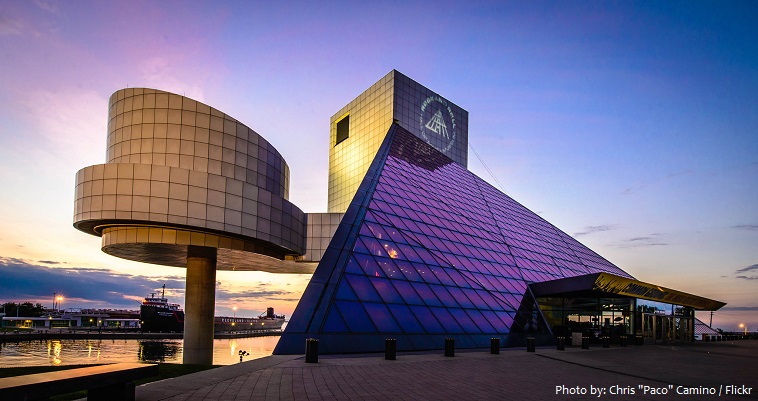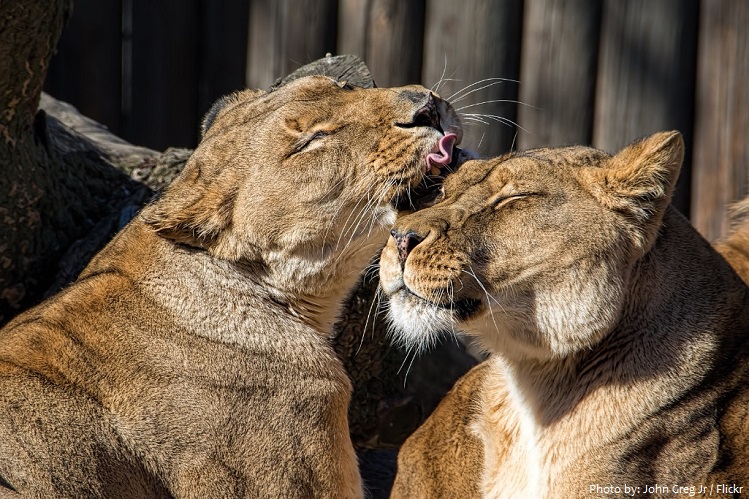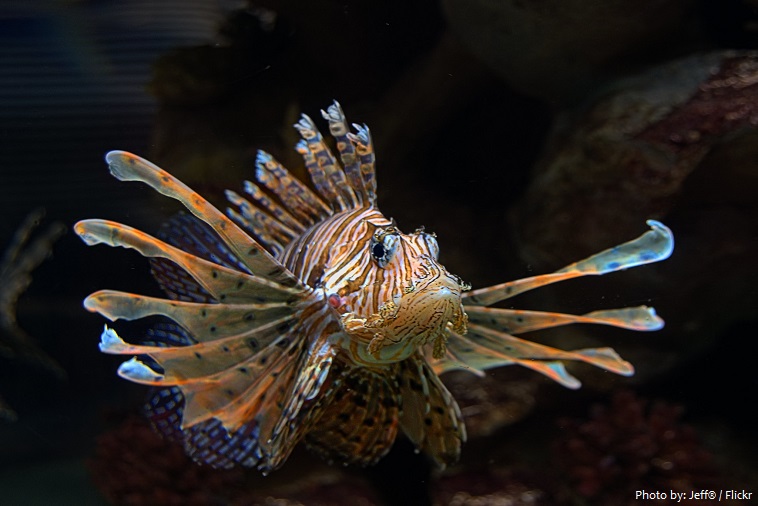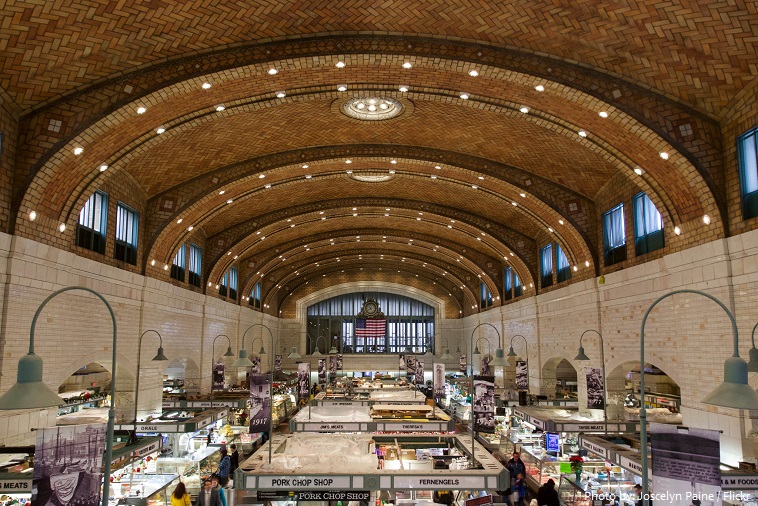Cleveland officially the City of Cleveland, is a major city in the US state of Ohio , and the county seat of Cuyahoga County.
It is located on the southern shore of Lake Erie, across the US maritime border with Canada and approximately 100 kilometers (60 miles) west of the Ohio-Pennsylvania state border.
As of January 2021, the population of Cleveland is about 385,000 people. It is the 53rd most populous city in the United States and the largest city on the shores of Lake Erie.
The city covers a total area of 214 square kilometers (82 square miles).
The city’s elevation is about 199 meters (653 feet) above sea level.
Erie Indians in the region were driven out by the Iroquois in the 17th century.
The French established a trading post in the vicinity in the mid-18th century.
Cleveland was established on July 22, 1796, by surveyors of the Connecticut Land Company when they laid out Connecticut’s Western Reserve into townships and a capital city.
They named the new settlement “Cleaveland” after their leader, General Moses Cleaveland.
The city’s growth was slow until 1832, when the Ohio and Erie Canal (begun in 1825 to connect Lake Erie and the Ohio River) was completed.
In the 1850s railroads increased the community’s commercial and industrial activity.
Suburban trains were developed at the end of the 19th century.
By the 1930s Cleveland had the appearance of a modern metropolis, with main roads converging on its Public Square, which was dominated by the 708-foot (216-metre) Terminal Tower.
Cleveland’s economy, hard hit by the Great Depression of the 1930s, experienced renewed growth during World War II.
In 1967, Carl Stokes was elected mayor of Cleveland, the first African American to win such office in a major US city.
Today, the remnants of Cleveland’s historical railway and canal notoriety serve as an eclectic backdrop for a vibrant city that is turning warehouses into boutique hotels and is a prominent
destination for world-class sporting events and concerts near the waterfront.
The Cathedral of St. John the Evangelist is a historic Roman Catholic church building located at 1007 Superior Avenue in Cleveland. Completed and consecrated in 1852, it is the cathedral of theRoman Catholic Diocese of Cleveland. Numerous renovations have enlarged and changed some aspects of the cathedral, but it remains essentially the same since its construction.
St. Theodosius Cathedral is an Eastern Orthodox church located on Starkweather Avenue in the near west side neighborhood of Tremont in Cleveland. Considered one of the finest examples of Russian church architecture in the United States, it is listed on the National Register of Historic Places. St. Theodosius was the first Eastern Orthodox parish in Cleveland and is currently under the jurisdiction of the Diocese of the Midwest of the Orthodox Church in America. The cathedral is perhaps best known for its appearance in the 1978 Best Picture winning film, The Deer Hunter with Robert De Niro, Christopher Walken, and Meryl Streep.
The Cleveland Museum of Art is an art museum in Cleveland, in the University Circle neighborhood on the city’s east side. Internationally renowned for its substantial holdings of Asian and Egyptian art, the museum houses a diverse permanent collection of more than 61,000 works of art from around the world. The museum provides general admission free to the public. With a $755 million endowment, it is the fourth-wealthiest art museum in the United States. With about 800,000 visitors annually, it is one of the most visited art museums in the world.
The Rock and Roll Hall of Fame is a museum and hall of fame located in downtown Cleveland. The museum documents the history of rock music and the artists, producers, engineers, and other notable figures who have influenced its development. The Rock and Roll Hall of Fame Foundation was established on April 20, 1983, by Ahmet Ertegun, founder and chairman of Atlantic Records. After a long search for the right city, Cleveland was chosen in 1986 as the Hall of Fame’s permanent home. Architect I. M. Pei designed the new museum, and it was dedicated on September 1, 1995.
The Cleveland Museum of Natural History is a natural history museum located approximately 8 km (5 miles) east of downtown Cleveland, Ohio in University Circle, a 220-hectare (550-acre)
concentration of educational, cultural and medical institutions. The museum was established in 1920 by Cyrus S. Eaton to perform research, education and development of collections in the fields of anthropology, archaeology, astronomy, botany, geology, paleontology, wildlife biology, and zoology.
The Cleveland Metroparks Zoo is a 74-hectare (183-acre) zoo in Cleveland. It has one of the largest collections of primates in North America, and is a part of the Cleveland Metroparks system. The zoo was founded in 1882. It is one of the most popular year-round attractions in Northeast Ohio.
The Greater Cleveland Aquarium is an aquarium in Cleveland. Occupying the historic FirstEnergy Powerhouse building located on the west bank of the Cuyahoga River in the city’s Flats district, the aquarium, which opened in January 2012, consists of approximately 70,000 square feet (6,500 m2) of exhibition space and features 55 exhibits over 9 thematic concentrations representing both local and exotic species of fish. The facility is the only independent, free-standing aquarium in the state of Ohio and ended a 26-year period that the city lacked a public aquarium.
The West Side Market is the oldest operating indoor/outdoor market space in Cleveland. It is located at the corner of West 25th Street and Lorain Avenue in the Ohio City neighborhood. On
December 18, 1973, it was added to the National Register of Historic Places.
Cleveland’s mosaic of ethnic communities and their various culinary traditions have long played an important role in defining the local cuisine.
Lake Erie moderates the city’s climate, keeping temperatures generally cooler in summer and warmer in winter and occasionally causing heavy “lake effect” winter snows.
The Forest City is a nickname or alternate toponym for Cleveland. The inspiration for the name is a reference to Cleveland, describing a highly sophisticated society amid a heavily forested
environment in Alexis de Tocqueville’s Democracy in America, which contains the Frenchman’s observations of the United States in the 1830s.

